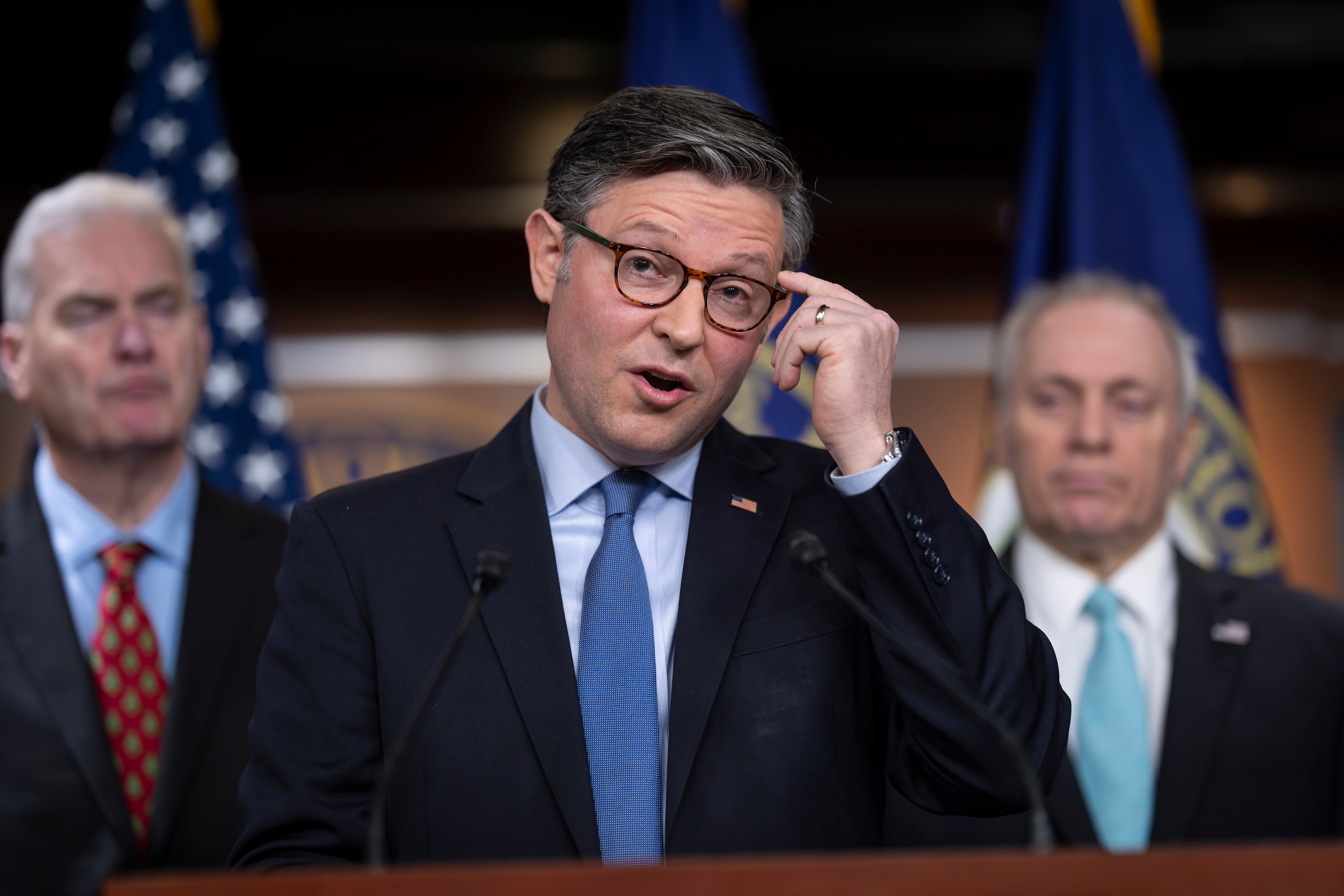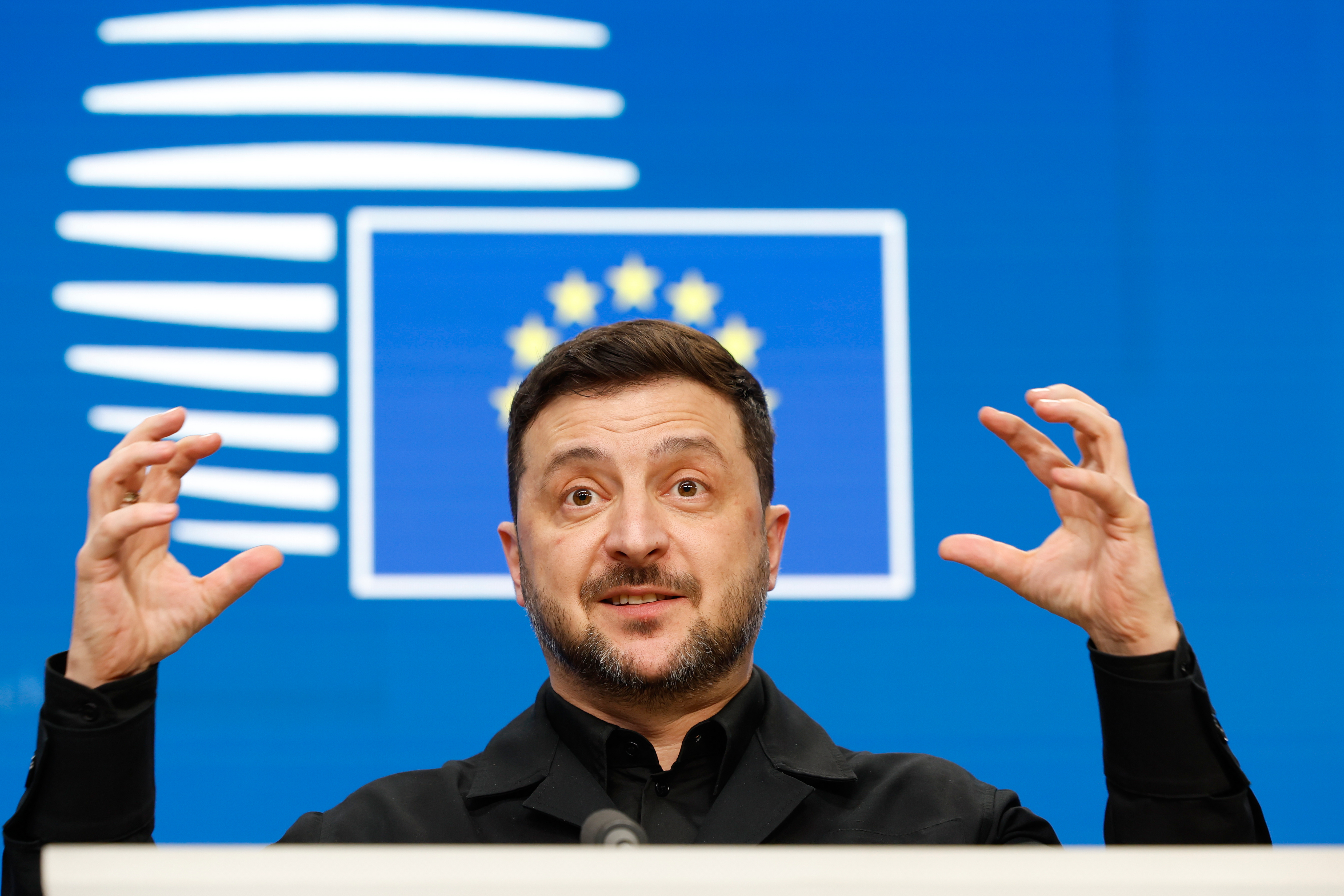China has been one of the U.S.' most important trade partners since President Richard Nixon opened up trade with the country in 1972.
"What we will do in the years ahead ... to build a bridge across 16,000 miles and 22 years of hostility which have divided us in the past," Nixon said.
But the U.S.' relationship with China has been strained in recent years. When he was campaigning, President Donald Trump took a hard stance against Beijing.
"China respects strength, and by letting them take advantage of us economically, which they are doing like never before, we have lost all of their respect," President Trump said in a foreign policy speech on April 27, 2016.
But he seemed to soften that stance after hosting Chinese President Xi Jinping at Mar-A-Lago in April 2017.
"I think we have made tremendous progress in our relationship with China," President Trump said.
At that meeting, the two leaders agreed to 100 days of trade talks. But those discussions ended with little progress made.
In August 2017, President Trump ordered the U.S. trade representative to take a look at whether Chinese laws or practices were "harming American intellectual property rights, innovation, or technology development."
About seven months later, the president announced billions of dollars in tariffs on Chinese goods, and Beijing responded in kind. Trade talks started up again but stalled several times.
The back and forth came to a turning point in June 2019, when President Trump and Xi met at the Group of 20 summit and formally agreed to get negotiations back on track.
But those trade talks failed when negotiators couldn't make a deal. A day later, President Trump announced a 10% tariff on another $300 billion in Chinese imports. Yet again, tariffs were threatened and drawn back. And trade talks began and ended without a solid deal.
High-level negotiations started up again in October. And finally, on Oct. 11, President Trump announced he and China's vice premier had agreed to a partial trade deal.
"We've come to a very substantial phase one deal," President Trump said. "We've come to a deal on intellectual property, financial services, a tremendous deal for the farmers — a purchase from $40-50 billion worth of agricultural products."
The U.S. and China signed that preliminary trade deal on Jan. 15. Under it, China agreed to buy some $200 billion of U.S. goods and tighten its intellectual property rules. The U.S. agreed to delay new tariffs and slash some existing ones. The deal left in place about $360 billion in tariffs on Chinese goods and included a provision saying the U.S. could add more if China doesn't do its part.
To keep talks from stalling again, the U.S. and China have agreed to hold semiannual meetings to help resolve economic disputes.










